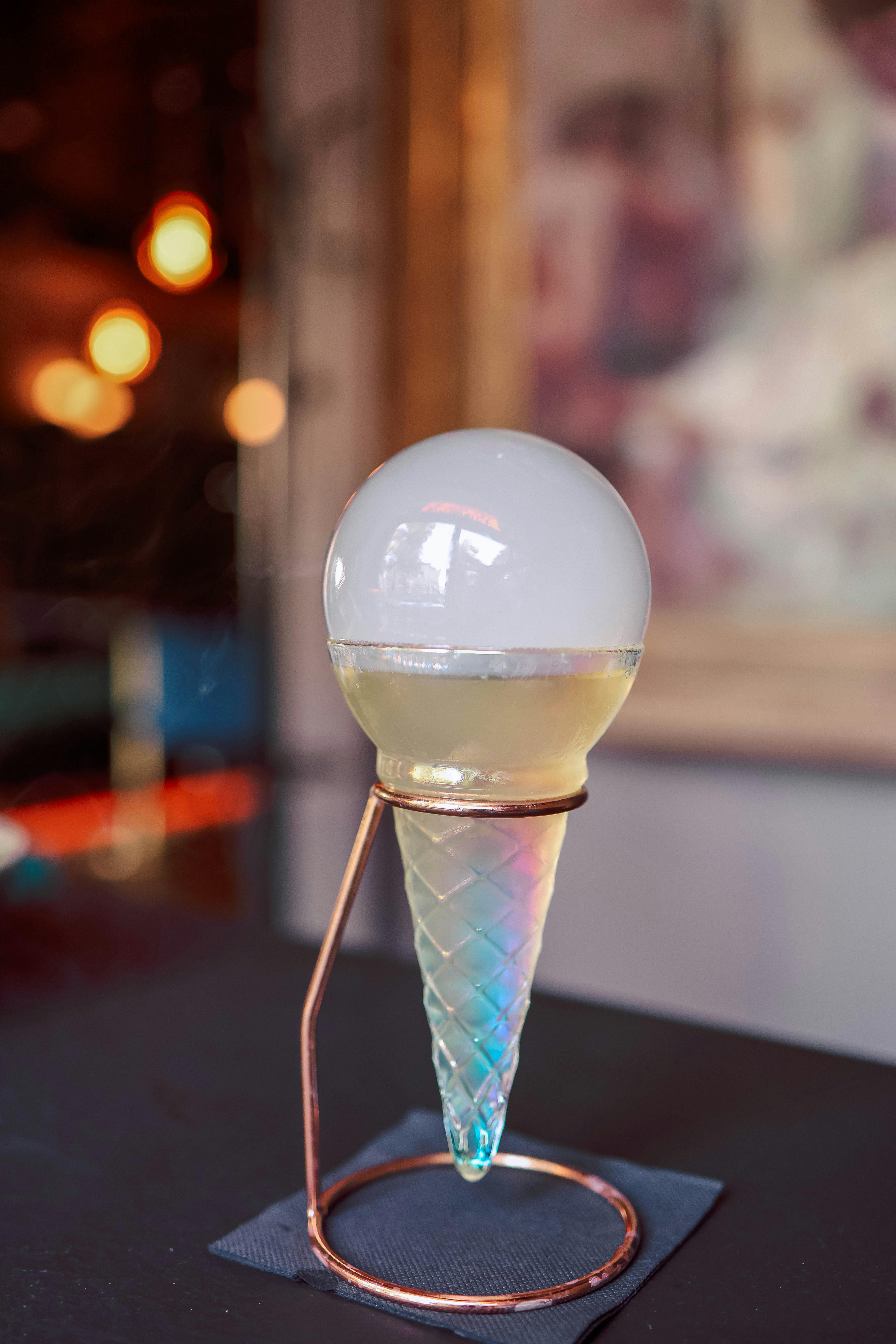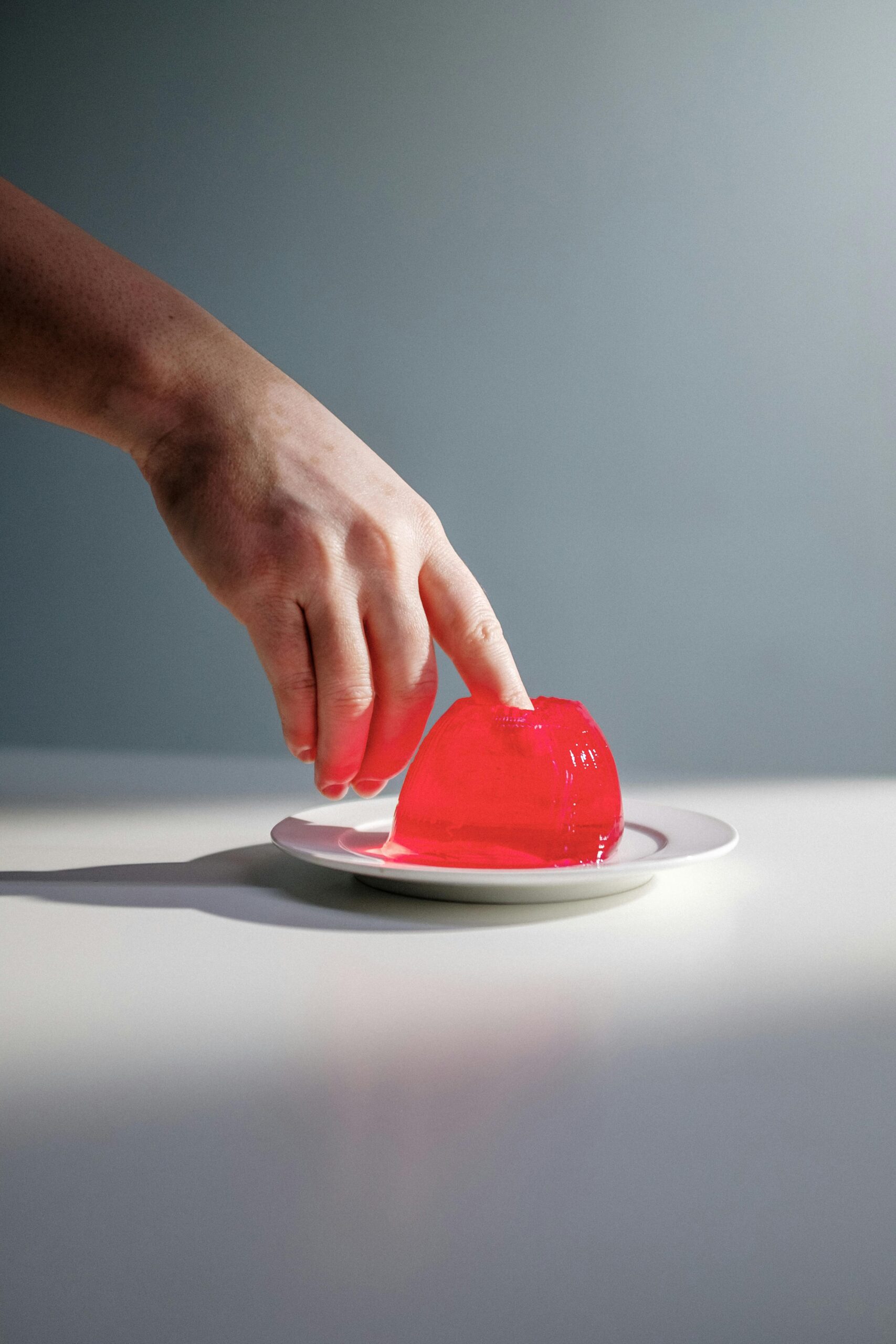Molecular gastronomy is the scientific study and application of physical and chemical processes in cooking. It goes beyond traditional culinary methods by focusing on the transformation of ingredients at the molecular level. By understanding how temperature, pressure, and chemical reactions affect food, chefs can create new textures, flavors, and presentations that defy expectations.
The term “molecular gastronomy” was coined in the late 1980s by physicist Nicholas Kurti and chemist Hervé This. Their work laid the foundation for a movement that has since inspired chefs worldwide to experiment with science-driven techniques and tools.
The Science Behind Molecular Gastronomy
At its core, molecular gastronomy relies on the principles of chemistry and physics to manipulate food. Here are some of the key scientific concepts behind this culinary art:
- Phase Transitions
- Many molecular gastronomy techniques involve changing the state of matter—solid, liquid, or gas. For example, liquid nitrogen is used to freeze ingredients almost instantly, creating unique textures like frozen foams or shatteringly crisp desserts.
- Gelation
- Gelation refers to the process of turning liquids into gels. This is achieved using gelling agents like agar-agar, gelatin, or sodium alginate. Chefs use gelation to create delicate spheres, edible sheets, or jelly-like layers in their dishes.
- Emulsification
- Emulsifiers allow two immiscible liquids, such as oil and water, to mix and stay stable. This principle is used to create foams, sauces, and dressings with a light, airy texture. Lecithin, found in egg yolks and soy, is a common emulsifying agent in molecular gastronomy.
- Spherification
- Spherification is a technique that turns liquids into spheres resembling caviar. It involves a reaction between sodium alginate (a natural thickener) and calcium chloride, which creates a thin gel-like membrane around the liquid. The result is a burst of flavor with every bite.
- Maillard Reaction
- The Maillard reaction is the browning that occurs when proteins and sugars are heated, producing complex flavors and aromas. While not exclusive to molecular gastronomy, it’s a fundamental concept that chefs often build upon to create new taste experiences.
Popular Techniques in Molecular Gastronomy
- Foams and Airs
- Edible foams are light, airy creations made using ingredients like fruit juices, stock, or flavored oils. These foams are stabilized with lecithin or gelatin and whipped using siphons or immersion blenders. They add a surprising element to dishes, enhancing both flavor and presentation.
- Spherification
- As mentioned earlier, spherification creates small, caviar-like spheres filled with liquid. This technique is commonly used to encapsulate juices, sauces, or even cocktails, creating a pop of flavor when eaten.
- Sous Vide Cooking
- Sous vide, meaning “under vacuum” in French, involves cooking food in a vacuum-sealed bag submerged in water at a precise temperature. This method ensures consistent cooking, preserving moisture and flavor while achieving perfect textures.
- Liquid Nitrogen
- Liquid nitrogen, with its extreme cold temperatures, is used to create dramatic effects like smoking desserts or frozen cocktails. It also allows chefs to freeze ingredients quickly, resulting in unique textures that wouldn’t be possible with conventional freezing.
- Dehydration
- Dehydration removes water from food, concentrating flavors and creating crispy, shelf-stable components. Chefs use this technique to make fruit chips, powdered ingredients, or crispy garnishes.
The Sensory Experience of Molecular Gastronomy
One of the most exciting aspects of molecular gastronomy is its ability to engage all five senses. Chefs aim to surprise and delight diners with unexpected textures, flavors, and presentations. Imagine eating a translucent ravioli that bursts with soup when bitten or enjoying a dessert that appears to “smoke” on your plate.
This multisensory approach transforms dining into an experience that is as much about wonder and curiosity as it is about taste.
Is Molecular Gastronomy Accessible at Home?
While some molecular gastronomy techniques require specialized equipment and ingredients, many are surprisingly accessible to home cooks. For example:
- Spherification kits are available online and come with everything you need to make flavor-filled spheres.
- Sous vide machines are now affordable and easy to use, allowing you to experiment with precise cooking techniques.
- Whipped cream siphons can be used to create foams, mousses, and even carbonated drinks.
For home cooks, experimenting with molecular gastronomy is a fun way to elevate your dishes and impress your guests.
The Future of Molecular Gastronomy
As technology advances, so does the potential of molecular gastronomy. Chefs continue to push the boundaries, incorporating new tools like 3D food printers and edible sensors into their creations. The movement also emphasizes sustainability, using techniques to minimize food waste and highlight locally sourced ingredients.
Molecular gastronomy isn’t just about fancy techniques—it’s about curiosity, creativity, and a love for food. By blending science and art, it offers endless possibilities for innovation and exploration.
So why not give it a try? Whether you’re a seasoned chef or an adventurous foodie, molecular gastronomy invites you to see food in a whole new light. Happy experimenting!



Leave a Reply
You must be logged in to post a comment.